 Examelot
Examelot
Report a problem
The CSMLS MLT Certification Exam is an examination for laboratory technicians in Canada. The exam is set by the CSMLS (Canadian Society for Medical Laboratory Science).
These practice questions will help prepare you for the CSMLS MLT exam.
This page contains 300 practice questions divided into the eight sections of the exam: 1. Safe Work Practices, 2. Data and Specimen Collection and Handling, 3. Analytical Processes, 4. Interpretation and Reporting of Results, 5. Quality Management, 6. Critical Thinking, 7. Communication and Interaction, and 8. Professional Practice.
All questions have been carefully designed to mimic the questions on the real exam, to help you prepare and get a passing grade.
Check out all the practice tests in this series: Practice Test 1, and Practice Test 2.
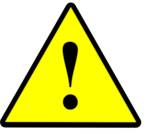
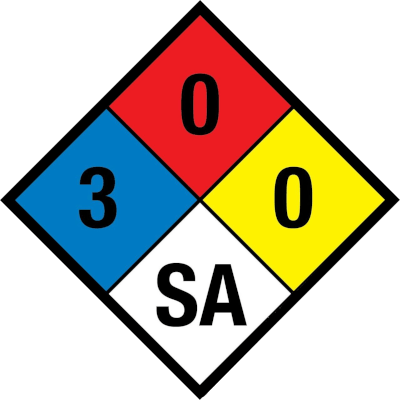
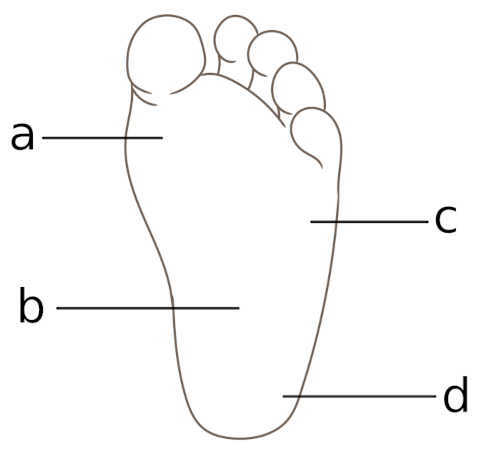
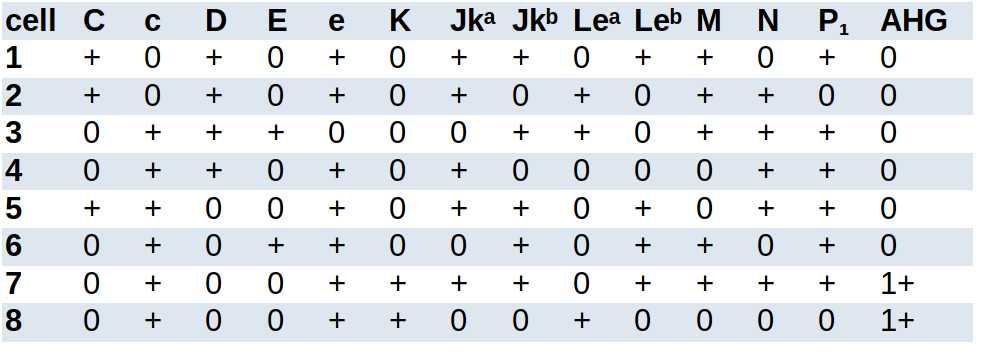
| Red cell grouping | Serum grouping | ||||
|---|---|---|---|---|---|
| anti-A | anti-B | anti-A₁ | A₁ cells | B cells | |
| 4+ | 0 | 0 | 2+ | 4+ | |
| Red cell grouping | Serum grouping | |||
|---|---|---|---|---|
| anti-A | anti-B | A cells | B cells | |
| 4+ | 1+ | 0 | 4+ | |
| anti-D | anti-C | anti-E | anti-c | anti-e |
|---|---|---|---|---|
| + | + | 0 | + | + |
| Test | Result |
|---|---|
| WBC | 2.3 x 10⁹/L |
| RBC | 3.2 x 10¹²/L |
| Platelets | 35 x 10⁹ |
| Blasts in bone marrow: | 41% |
| Test | Result |
|---|---|
| Hemoglobin | 5.7 g/dL |
| Hematocrit | 25% |
| Ferritin | 736 ng/mL |
| Iron | 314 mcg/dL |
| Transferrin | 813 mg/dL |
| Transferrin saturation | 75% |
| Volume of microbial-rich broth (mL) | 200 | 200 | 200 | 200 | 200 | 200 | 200 |
| Amount of antimicrobial agent (mg) | 0 | 1 | 2 | 3 | 4 | 5 | 6 |
| Result | turbid | turbid | turbid | turbid | clear | clear | clear |
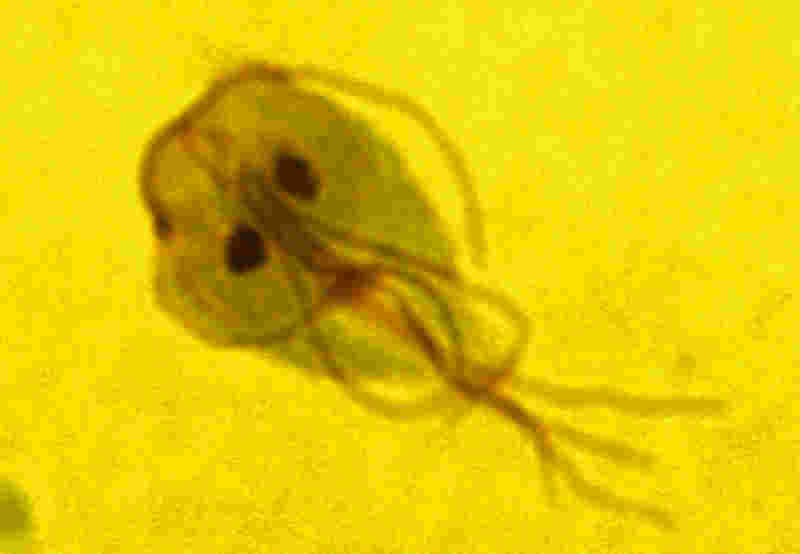
| Agar | Result |
|---|---|
| Blood agar | Beta-hemolytic colonies |
| MacConkey agar | Colourless colonies |
| Cetrimide agar | Green colonies |
| Test | Result |
|---|---|
| Glucose | + |
| Maltose | − |
| Fructose | − |
| Sucrose | − |
| Lactose | − |
| Hct | 8% |
| Normal Hct | 40% |
| Reticulocyte count | 5% |
| Score | Neutrophils |
|---|---|
| 0 | 10 |
| +1 | 40 |
| +2 | 30 |
| +3 | 10 |
| +4 | 10 |
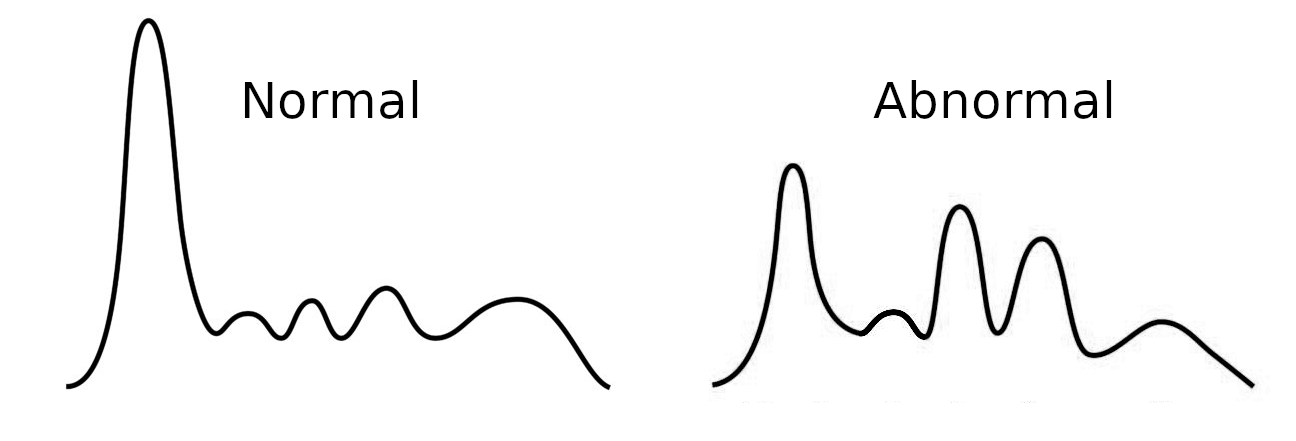
| Test | Result |
|---|---|
| Red cell count | 7.8 × 10¹²/L |
| White cell count | 7.5 × 10⁹/L |
| Platelets | 242 × 10⁹/L |
| Test | Result |
|---|---|
| PT | 22 seconds |
| APTT | 79 seconds |
| Fibrinogen | 0.5 g/L |
| Test | Result |
|---|---|
| MCV | 61 fL |
| MCH | 12.8 pg |
| MCHC | 29.1 g/dL |
| HCT | RBC (x10¹²/L) | |
|---|---|---|
| Patient 1 | 42% | 3.9 |
| Patient 2 | 43% | 5.5 |
| Patient 3 | 50% | 4.5 |
| Patient 4 | 40% | 3.1 |
| Test | Result |
|---|---|
| HCT | 48% |
| RBC | 3.8 × 10¹²/L |
| WBC | 5.5 × 10⁹/L |
| PLT | 320 × 10⁹/L |
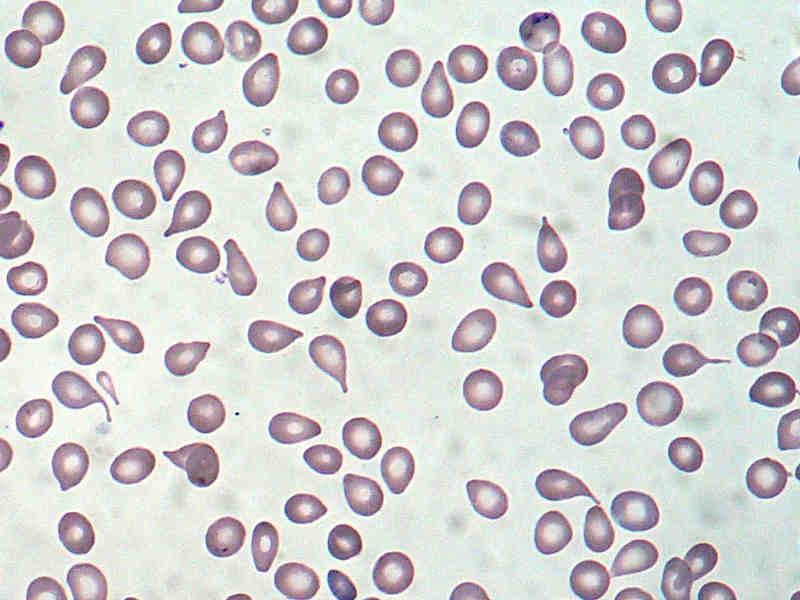
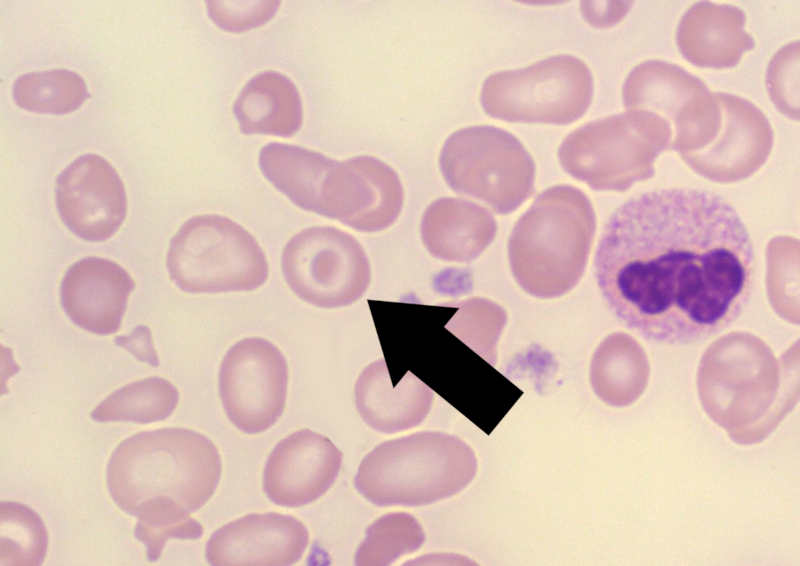
| Test | Result |
|---|---|
| RBC | 2.8 × 10¹²/L |
| WBC | 13.1 × 10⁹/L |
| Janus kinase 2 (JAK2) mutation | Positive |
| Test | Result |
|---|---|
| pH | 5.5 |
| Glucose | 0 mmol/L |
| GFR | 31 |
| UACR | >6.9 mg/mmol |
| Test | Result |
|---|---|
| pH | 7.15 |
| PaCO₂ | 59 mmHg |
| Bicarbonate | 39 mmol/L |
| Test | Result |
|---|---|
| Osmolality | 290 mmol/L |
| Sodium | 125 mmol/L |
| Total cholesterol | 35.7 mmol/L |
| Test | Result |
|---|---|
| TSH | Normal |
| Calcium | High |
| Phosphate | Low |
| Parathyroid hormone | High |
| Test | Result | Reference range |
|---|---|---|
| TSH | 10.2 mIU/L | 0.5–5.0 mIU/L |
| T4 | 2.1 pmol/L | 8.0-18.0 pmol/L |
| Day | 1 | 2 | 3 | 4 |
|---|---|---|---|---|
| Result (U/L) | 1.2 | 1.5 | 1.8 | 2.1 |
| Statistic | Value |
|---|---|
| Count | 43 |
| Mean | 2.4 mIU/L |
| 2 SD | 1.2 mIU/L |
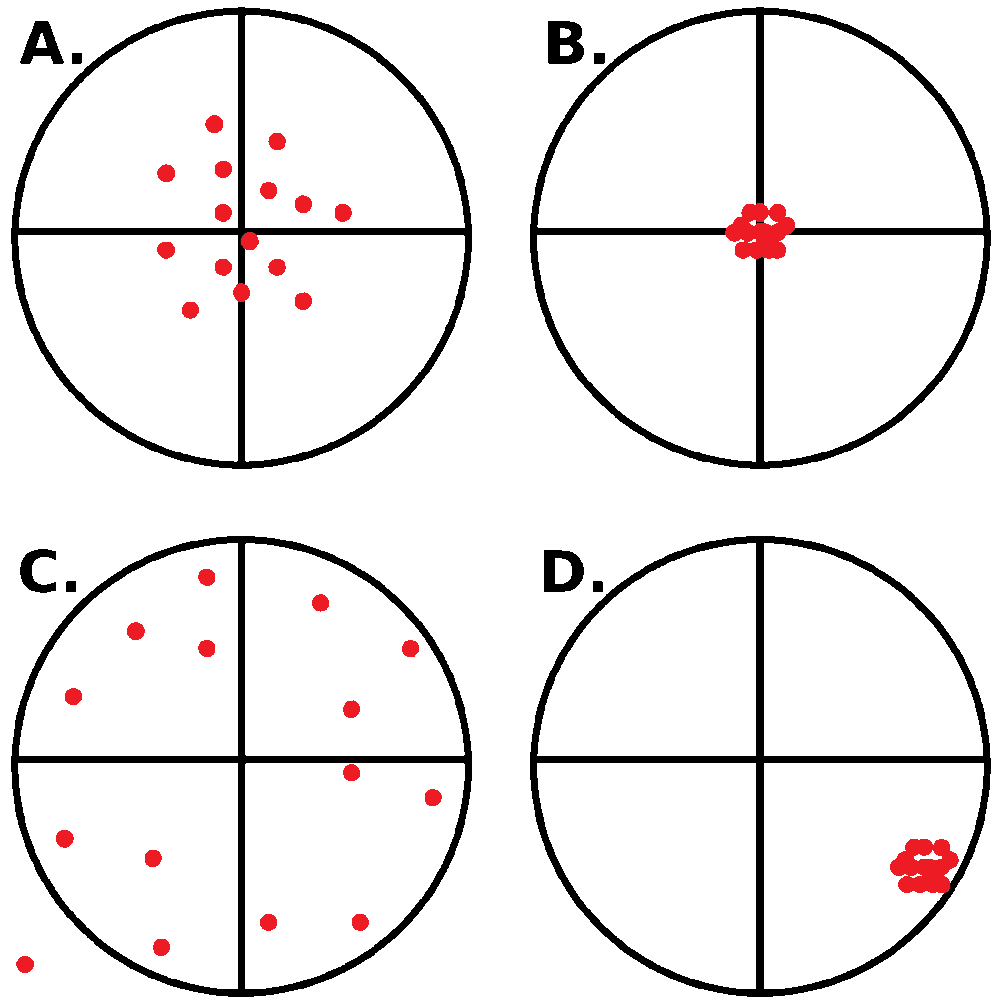
| True positives | 82 |
| True negatives | 55 |
| False positives | 10 |
| False negatives | 5 |
| True positives | 100 |
| True negatives | 15 |
| False positives | 85 |
| False negatives | 0 |